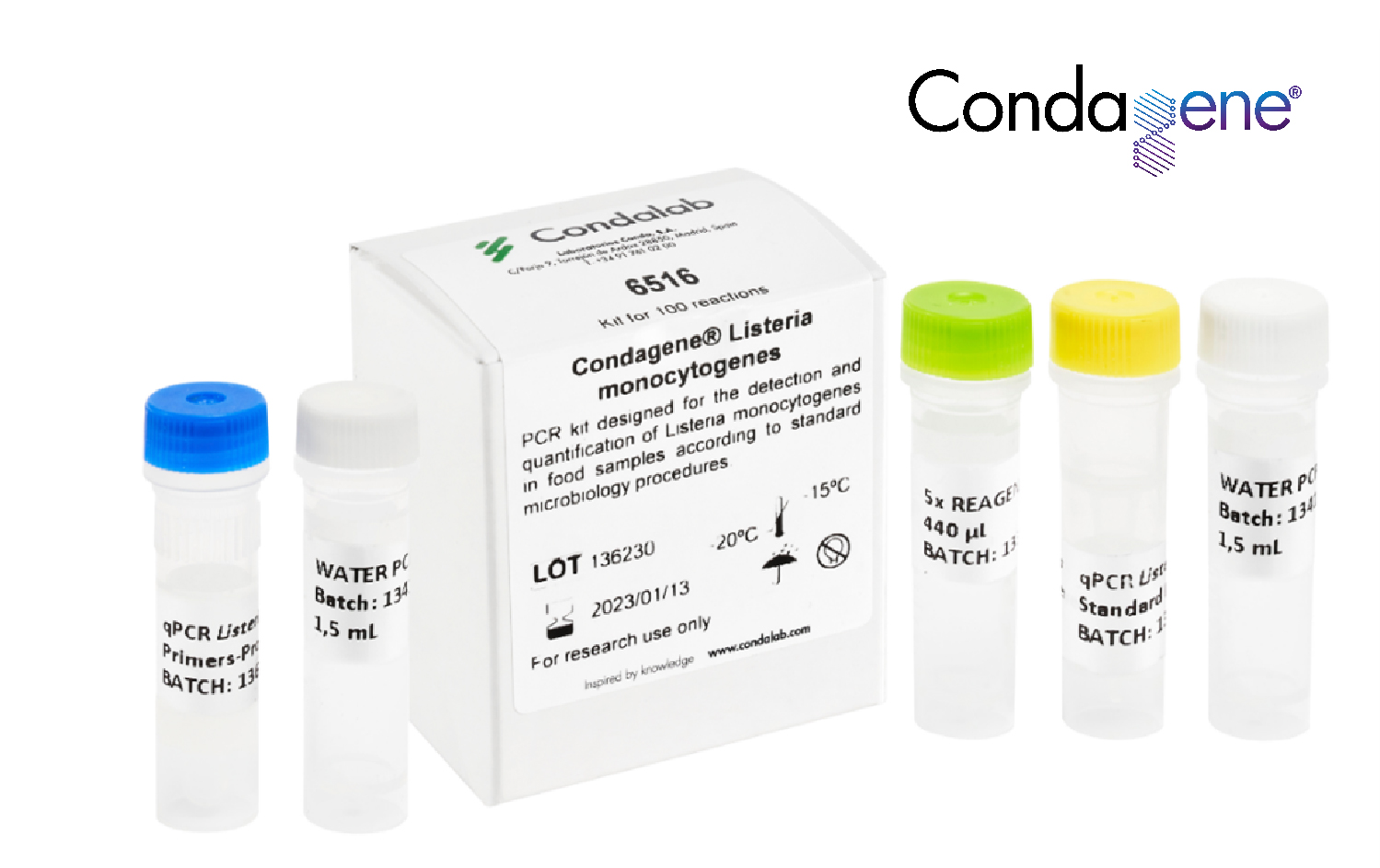
Listeriosis: A Threat To Public Health
The genus Listeria is characterised by gram-positive bacteria that adopt a bacillus morphology, consisting of only six species. Of these, Listeria monocytogenes stands out as the most crucial due to its pathogenic characteristics, making it a significant concern in food safety as it is commonly found in foodstuffs meant for human consumption.
The Health Impact of Listeria
Responsible for causing listeriosis, Listeria monocytogenes poses a serious health risk, with the disease having a mortality rate of approximately 30%. Infection typically presents with fever and symptoms akin to influenza; however, in more severe cases, it can progress to meningoencephalitis, a life-threatening condition.
The bacterium's ability to cause disease stems from several robust survival strategies. It is facultatively anaerobic, allowing it to thrive both with and without oxygen, and it can grow in a wide range of temperatures, from as low as 1ºC to as high as 45ºC. It also tolerates high salt concentrations, which is uncommon for many other bacteria. Its motility is facilitated by flagella, which not only helps in movement but significantly contributes to its ability to invade host tissues. Additionally, Listeria monocytogenes can form biofilms on various surfaces, increasing its resistance to sanitation processes in food production environments.

Recent months have witnessed several outbreaks of listeria linked to processed foods, primarily due to failures in microbiological control within the food industry. The ubiquity of Listeria in natural environments and its frequent occurrence in food processing facilities necessitate rigorous control measures to ensure food safety.
Preventing Outbreaks of Listeriosis
Effective prevention of Listeria monocytogenes contamination is essential within the food industry. Food producers must implement comprehensive sampling plans, especially those dealing with ready-to-eat products prone to bacterial growth. These plans involve regular testing of all production areas and equipment to detect any presence of Listeria, thereby preventing potential outbreaks.
The standards for detecting Listeria in food products adhere to the protocols specified in ISO 11290:2017. Diagnostic tools used include Fraser 1/2 Broth Listeria and Fraser Broth Listeria, as well as Agar Listeria following the Ottaviani and Agosti method (ALOA), Oxford agar, and Palcam agar.
For rapid detection, our Condagene® qPCR kit offers a revolutionary solution. This kit enables accurate and efficient detection of Listeria monocytogenes, significantly reducing the time needed to obtain results compared to traditional methods, which average around 10 days. The Condagene kits can achieve results in as little as a day and a half. Moreover, a negative result eliminates the need for further verification.
The enhanced sensitivity, accuracy, and speed of this technique are vital, especially in outbreak situations where timely and reliable diagnostics are crucial. Our rapid testing solutions ensure that food safety measures are met and exceeded, providing both producers and consumers peace of mind.
For further information on our range of products and how they can assist in enhancing your food safety protocols, please do not hesitate to contact us.
|
To find out more: |

